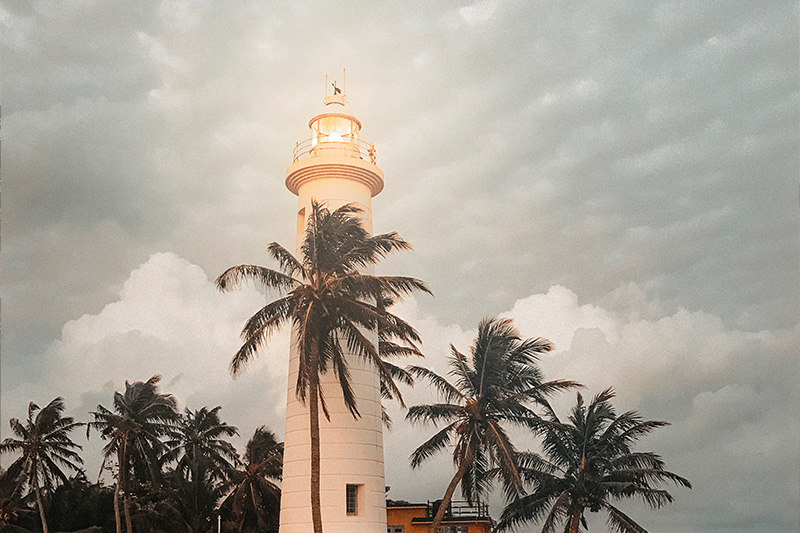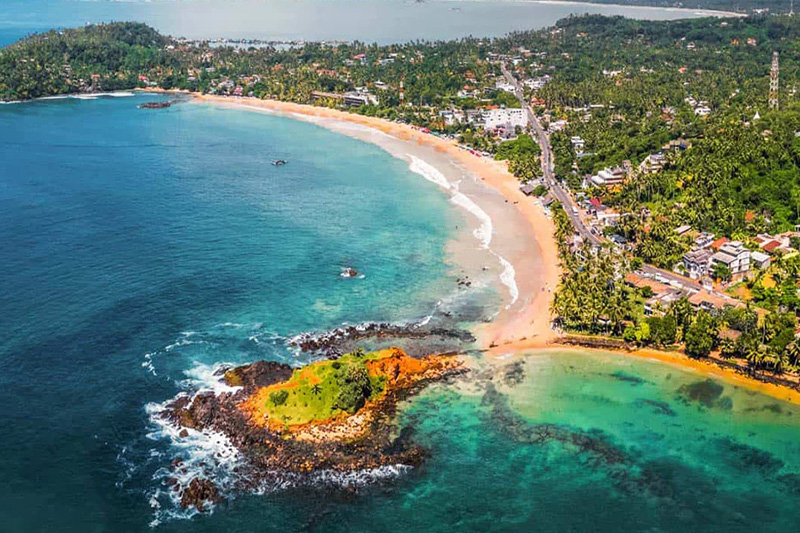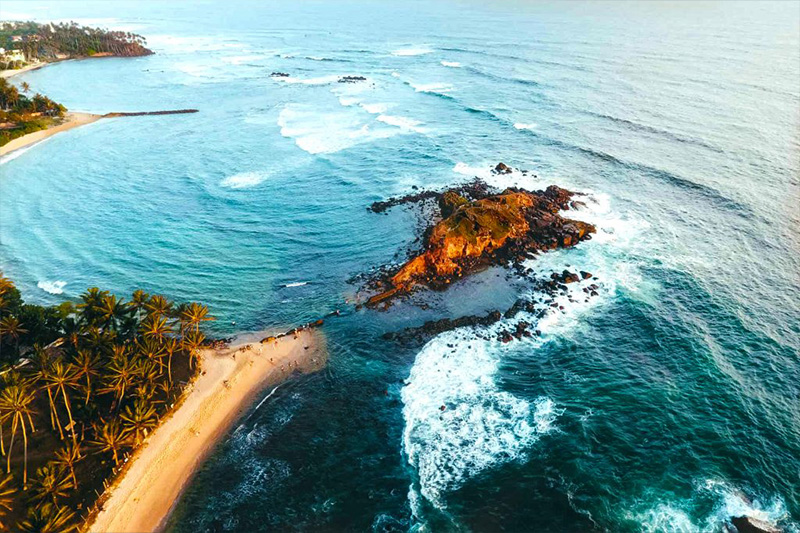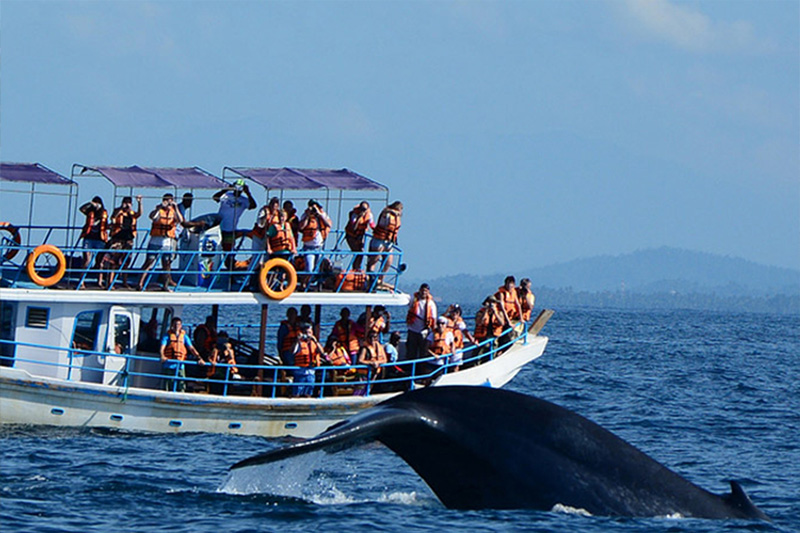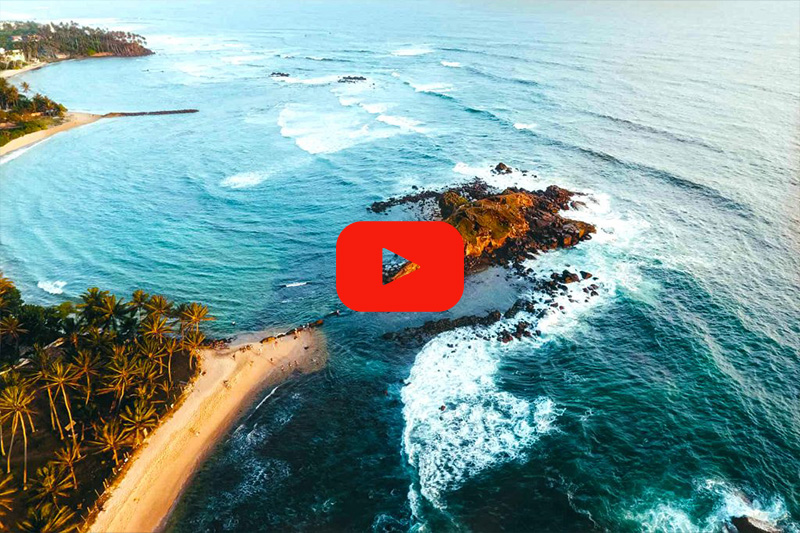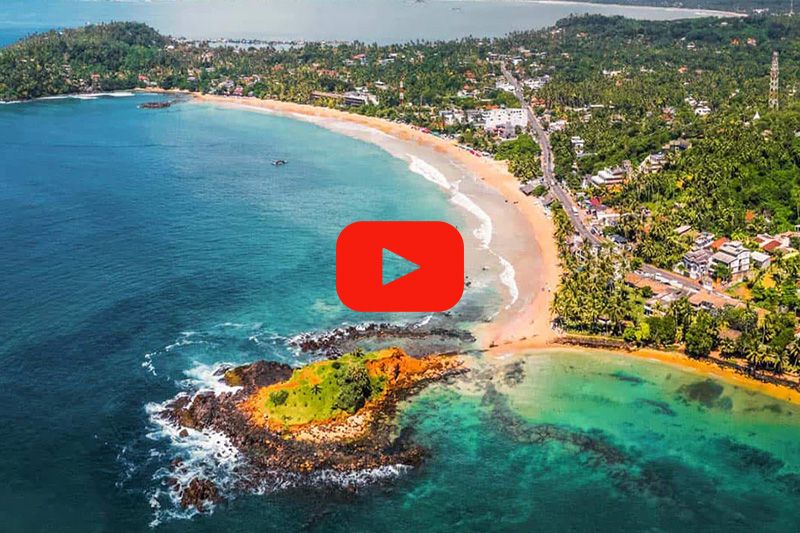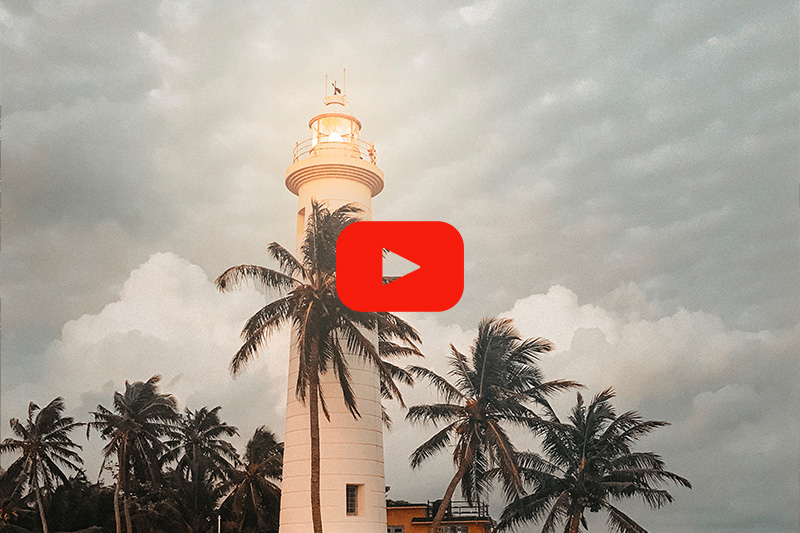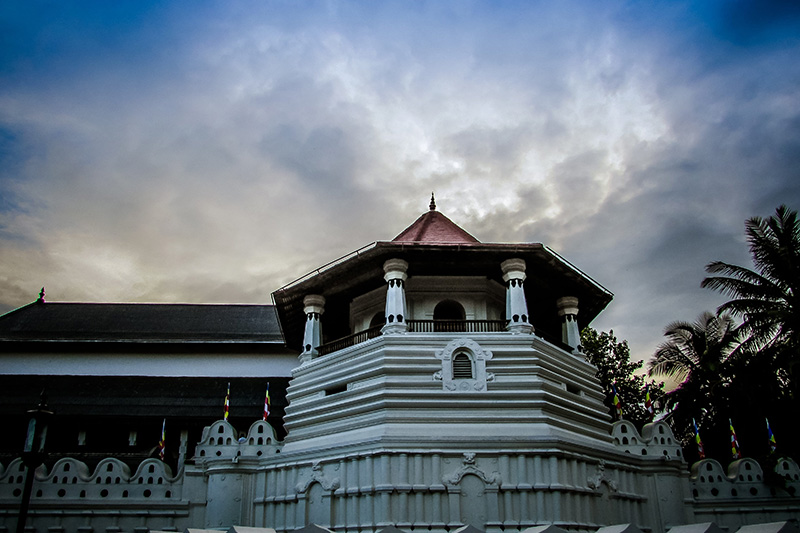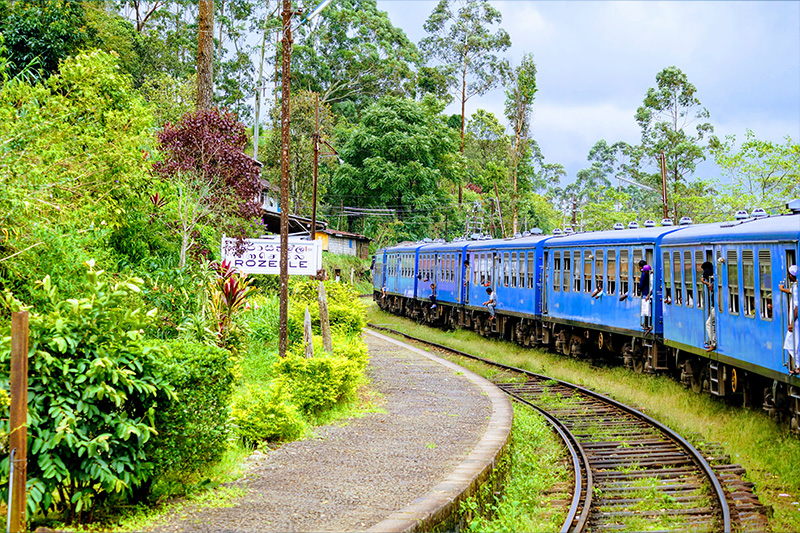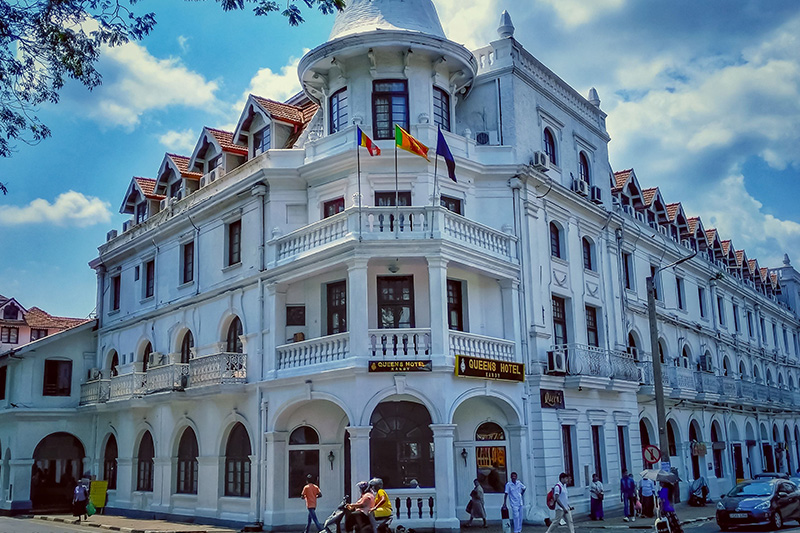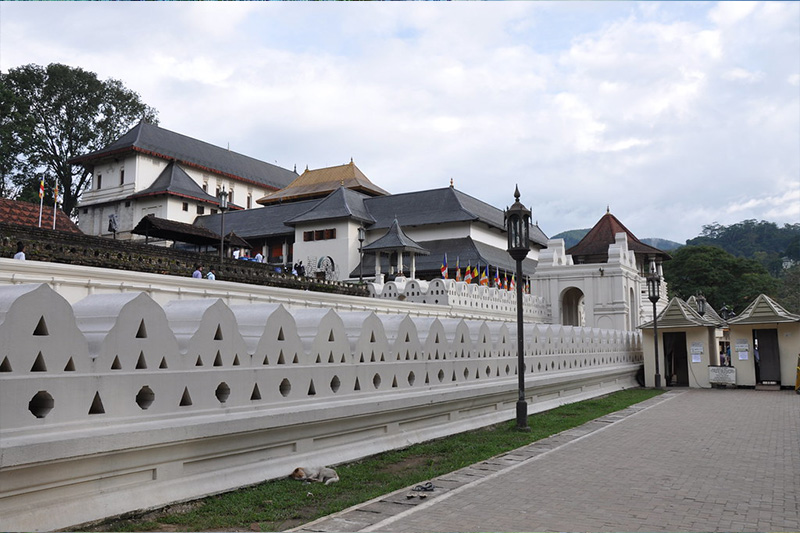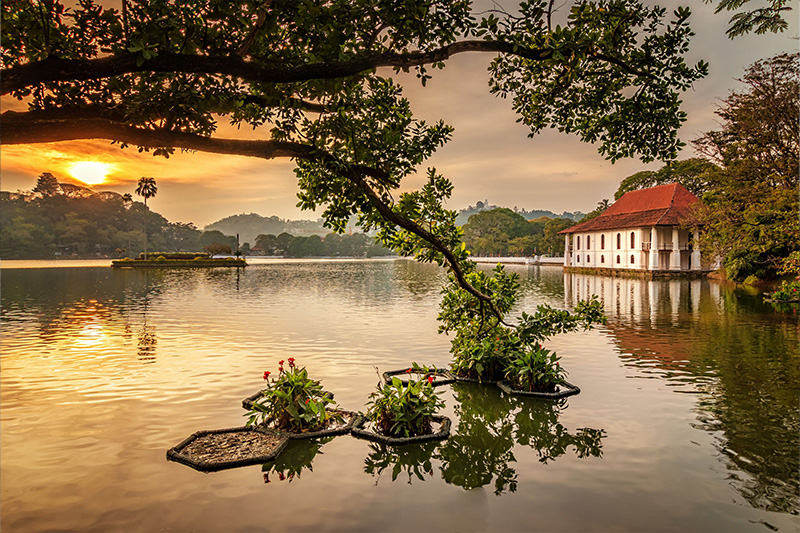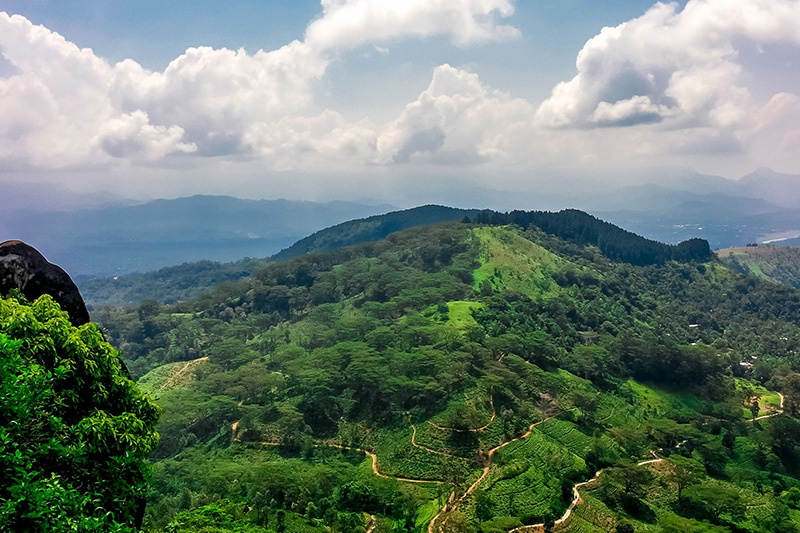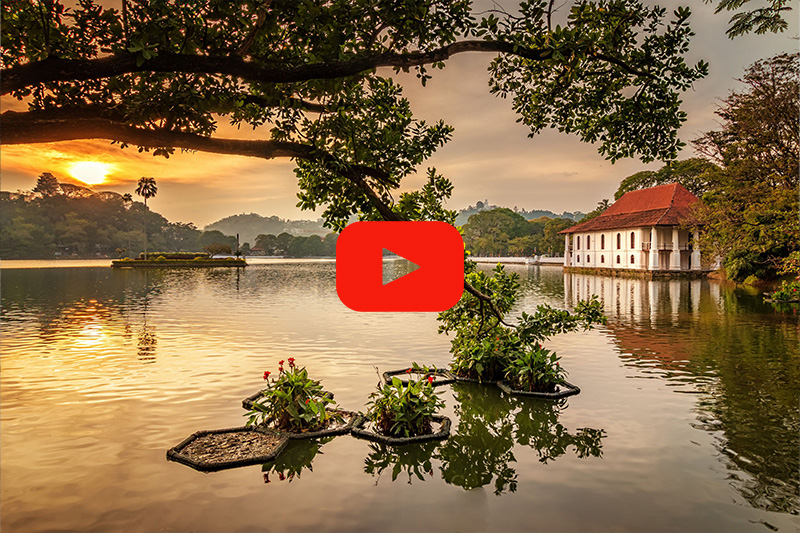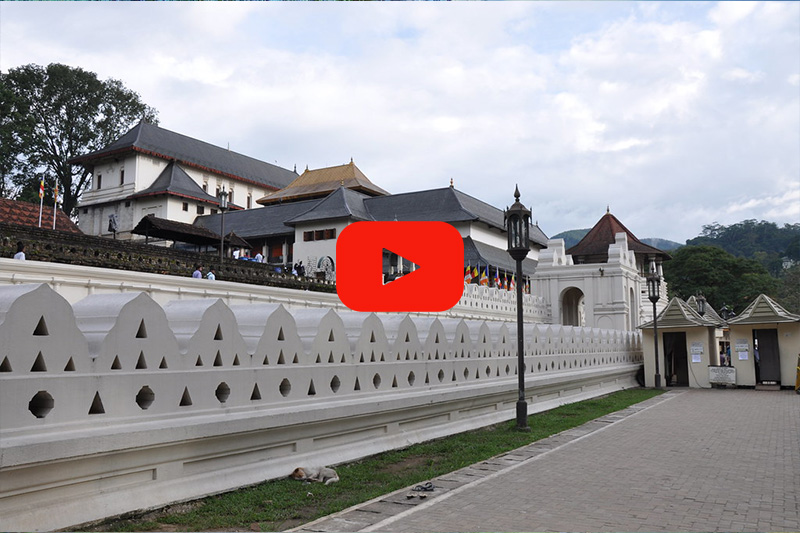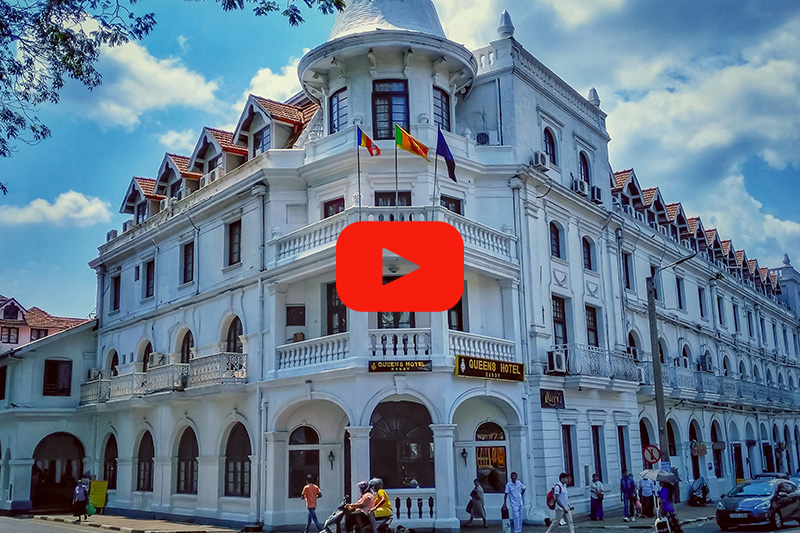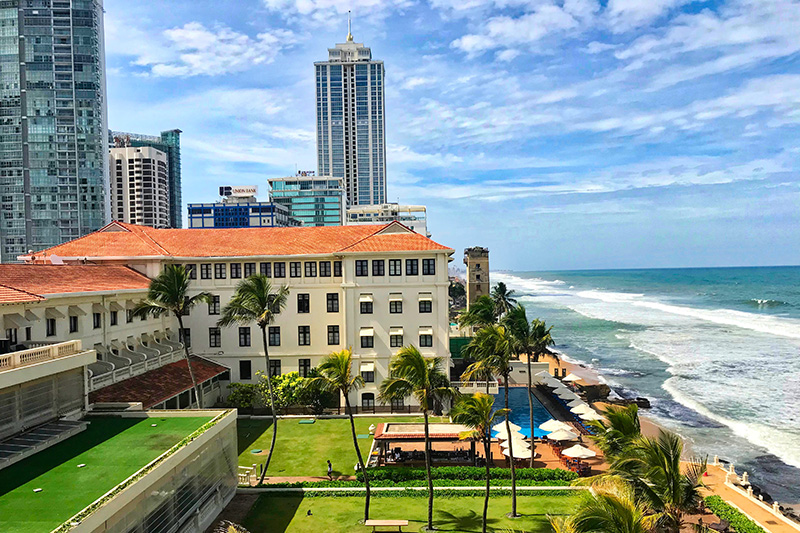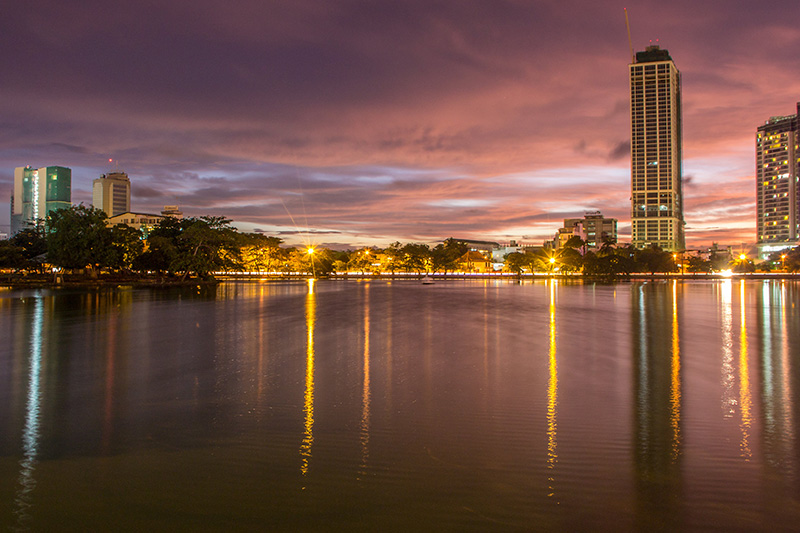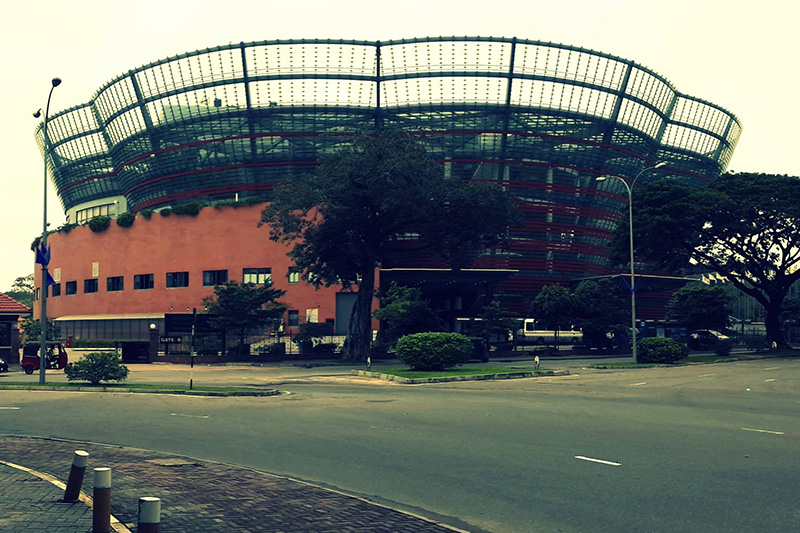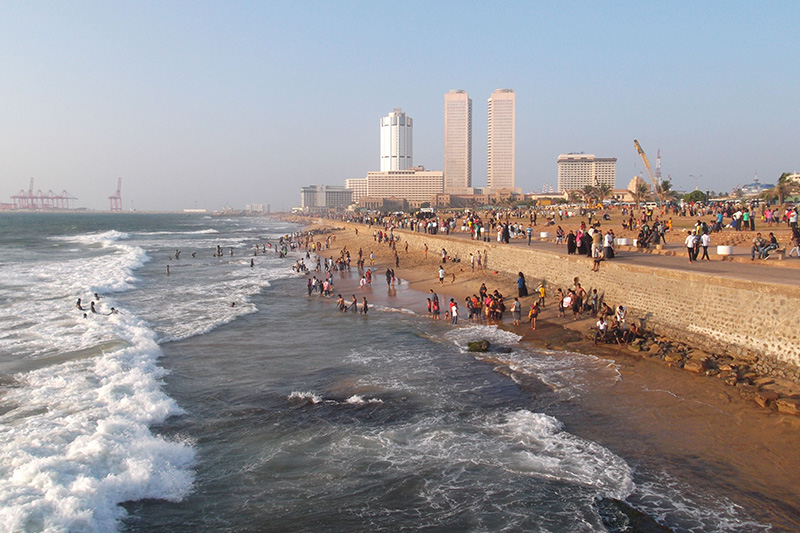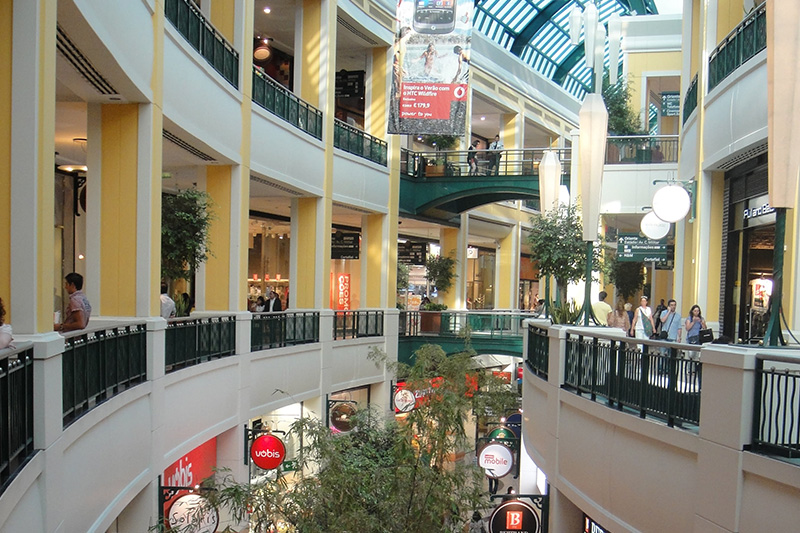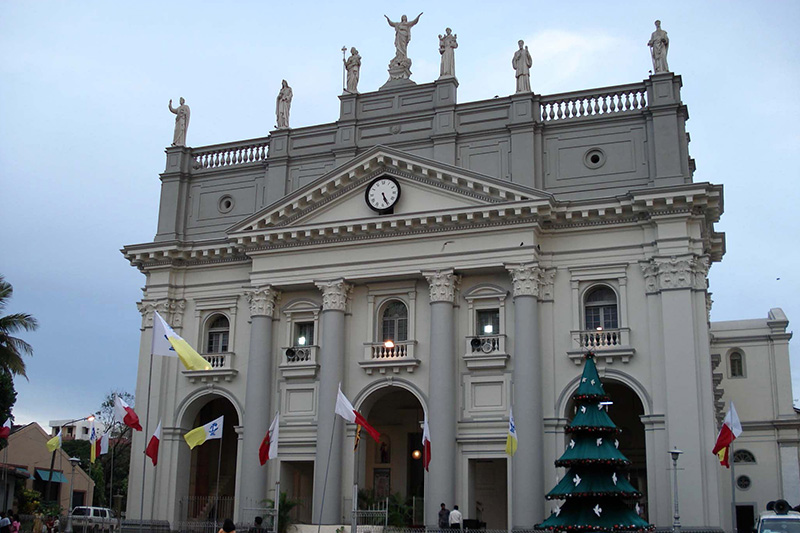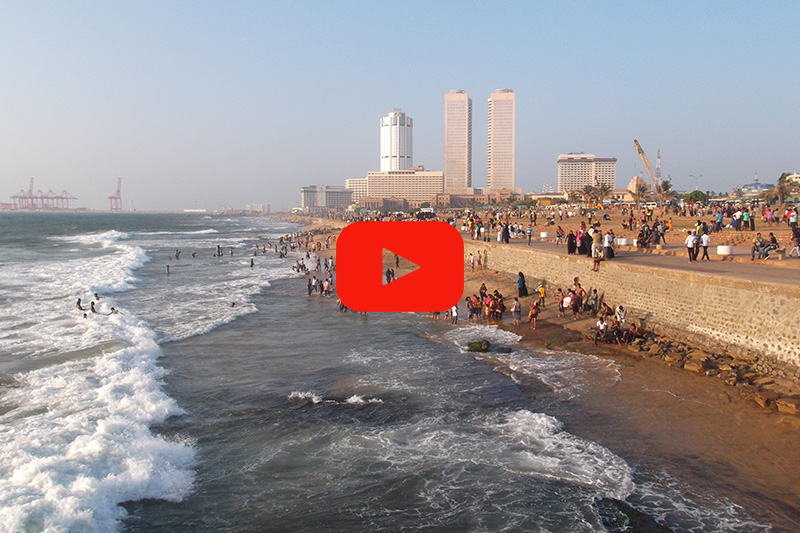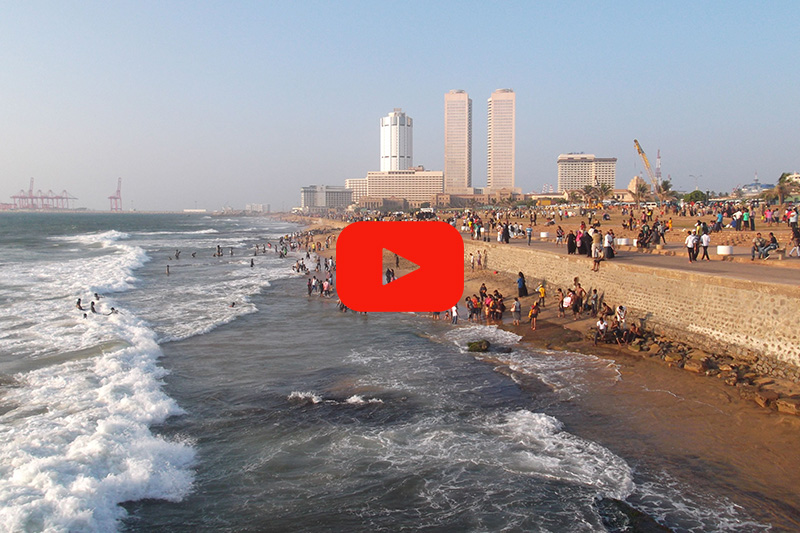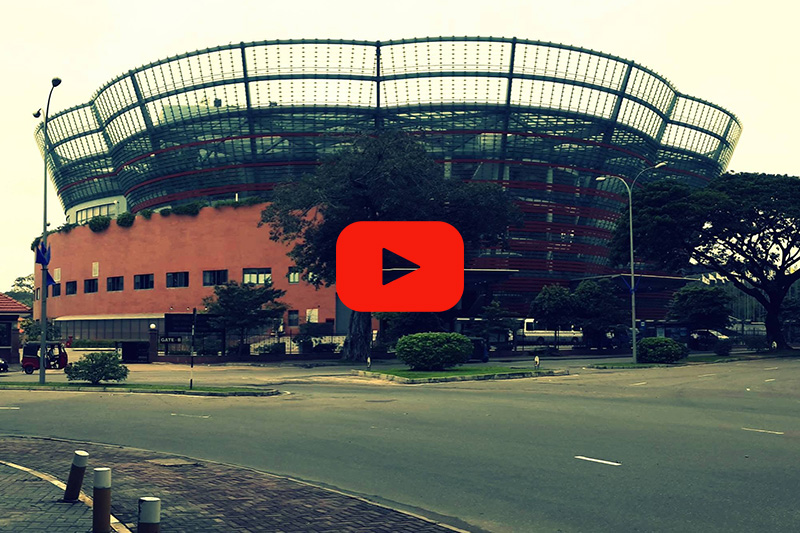Galle is a major city in Sri Lanka, situated on the southwestern tip, 119 km from Colombo. Galle is the administrative capital of Southern Province, Sri Lanka and is the district capital of Galle District. Galle is the fifth largest city in Sri Lanka after the capital Colombo, Kandy, Jaffna and Negombo. Galle was known as Gimhathiththa (although Ibn Batuta in the 14th century refers to it as Qali[1]) before the arrival of the Portuguese in the 16th century, when it was the main port on the island. Galle reached the height of its development in the 18th century, during the Dutch colonial period. Galle is the best example of a fortified city built by the Portuguese in South and Southeast Asia, showing the interaction between Portuguese architectural styles and native traditions. The city was extensively fortified by the Dutch during the 17th century from 1649 onwards. The Galle fort is a world heritage site and is the largest remaining fortress in Asia built by European occupiers. Other prominent landmarks in Galle include the city’s natural harbor, the National Maritime Museum, St. Mary’s Cathedral founded by Jesuit priests, one of the main Shiva temples on the island, and Amangalla the historic luxury hotel.
Kandy is a large city in central Sri Lanka. It’s set on a plateau surrounded by mountains, which are home to tea plantations and biodiverse rainforest. The city’s heart is scenic Kandy Lake (Bogambara Lake), popular for strolling. It’s famed for its sacred Buddhist sites, including the Temple of the Tooth (Sri Dalada Maligawa) shrine, and for its Esala Perahera annual procession.
Colombo, the capital of Sri Lanka, is a bustling city and a hopping-off point for beaches in the island nation’s south. It has a long history as a port on ancient east-west trade routes, ruled successively by the Portuguese, Dutch and British. That heritage is reflected in its spicy cuisine as well as its architecture, mixing colonial buildings with high-rises and shopping malls.

